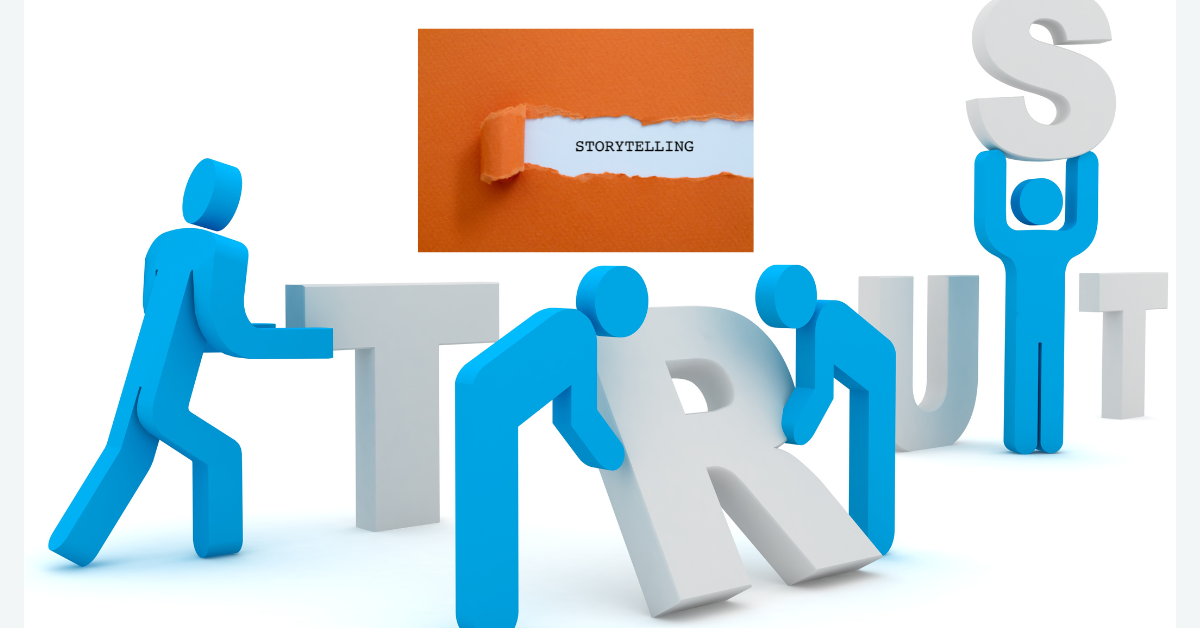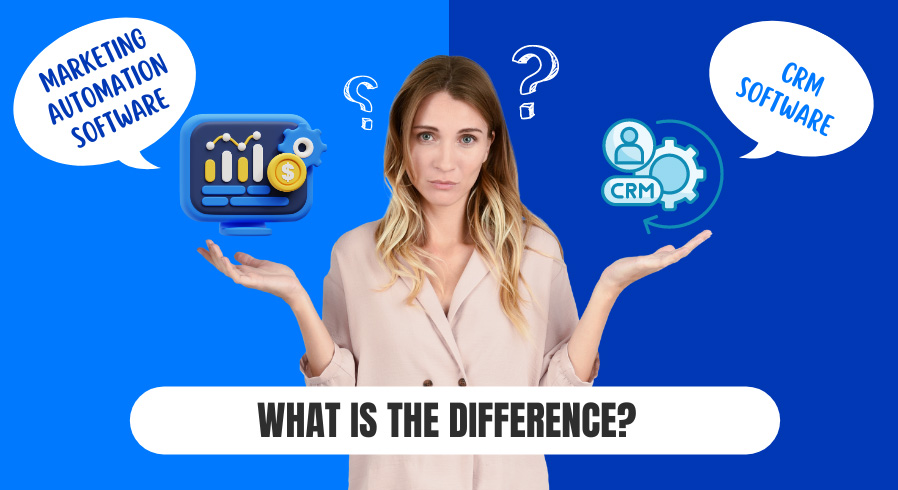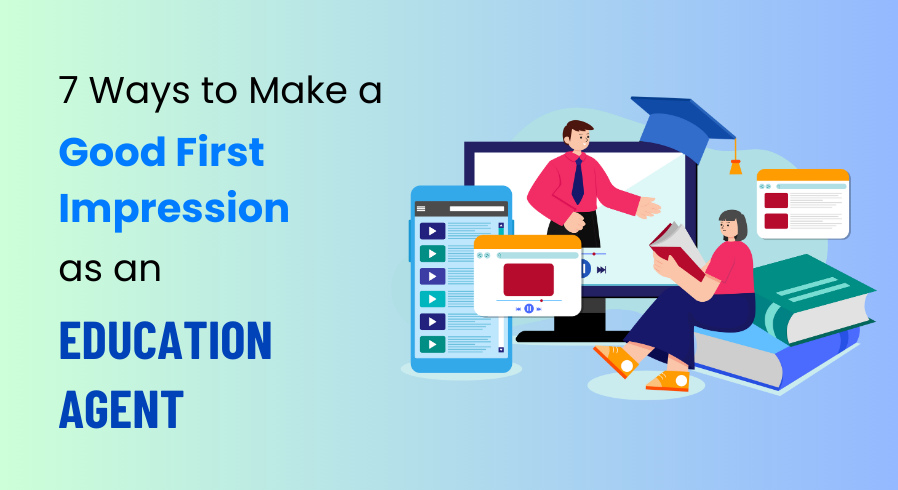Table of Contents

In today’s competitive education landscape, prospective students have more choices and higher expectations than ever. While flashy marketing tactics might grab attention, it’s authentic storytelling that earns trust—and trust is what drives decisions.
If you’re a study abroad consultant, university, or education platform, integrating storytelling into your communication strategy can humanize your brand, establish credibility, and turn leads into enrollments.
What Is Storytelling in Student Marketing?
Storytelling in education marketing is the art of sharing real-life narratives, experiences, testimonials, and brand journeys to resonate emotionally with prospective students.
Instead of pitching a program or selling a feature, storytelling:
- Inspires
- Relates
- Connects
How Storytelling Works
Here’s how storytelling fosters trust:
- Emotion triggers memory.
Students remember emotional stories more than facts. - Relatability builds trust.
Real stories from alumni or fellow applicants create social proof. - Stories create clarity.
A personal journey shows the “why” behind a decision—not just the “what.” - Humanizes your brand.
People trust people, not companies. Stories reveal the faces behind your brand.
Benefits of Storytelling for Education Marketing
- 🤝 Builds emotional connections
- ✅ Boosts credibility and authenticity
- 📈 Improves lead engagement
- 🧠 Helps retain information
- 🎯 Encourages action through relatability
- 💬 Enhances brand identity
7 Proven Storytelling Strategies for Building Student Trust
1️⃣ Share Real Student Stories
Feature success stories of students who have:
- Overcome challenges
- Studied abroad through your service
- Found jobs post-graduation
Format to use:
- Blog posts
- Short videos
- Instagram Reels or TikTok
📌 Tip: Highlight diverse experiences (e.g., first-gen students, budget travelers, late bloomers).
2️⃣ Use the Hero's Journey Format
Structure your narrative around:
- The student’s problem
- The turning point (your program)
- The journey (study abroad process)
- The transformation (result)
✅ Why it works: This time-tested narrative format emotionally captivates the reader.
3️⃣ Turn Testimonials into Stories
Rather than short quotes, turn testimonials into narratives:
- What doubts did they have?
- Why did they choose your agency?
- What changed in their life after studying abroad?
📌 Bonus: Include photos or video clips.
4️⃣ Tell Your Brand Origin Story
Why did your consultancy start? What challenges did you face? What keeps you motivated to help students?
👥 Humanize your brand with founder stories and team member experiences.
5️⃣ Leverage Video Testimonials
Video adds layers—tone, facial expression, voice. It feels more trustworthy.
📌 Include in:
- Landing pages
- Email sequences
- Social media campaigns
🎥 Tools to use: Loom, VEED, YouTube Shorts
6️⃣ User-Generated Content (UGC)
Encourage students to share their journey using:
- Instagram hashtags
- Blog collaborations
- “Day in the life” study abroad diaries
💬 Let your students be the storytellers. It builds peer trust.
7️⃣ Interactive Stories on Instagram/Facebook
Use story polls, quizzes, and behind-the-scenes reels to engage leads actively.
📌 Don’t sell—share journeys and tips. Build community, not campaigns.
Bullet Recap: Key Elements of Effective Storytelling
- 🎯 Authenticity over polish
- 🧠 Emotion over information
- 📸 Visuals enhance impact
- 🕵️ Focus on transformation
- 👂 Relatable language
- 🔁 Consistency across channels
Where to Use Storytelling in Your Funnel
| Funnel Stage | Storytelling Opportunity |
|---|---|
| Awareness | Blog posts, social media, short videos |
| Consideration | Testimonials, student diaries, guides |
| Decision | Case studies, before-after comparisons |
| Enrollment | Welcome stories, alumni mentorships |
💬 Real-Life Example
Instead of:
“Apply now to universities in Canada.”
Try:
“Meet Aditi, a first-gen student who almost gave up on studying abroad—until she found us. Today, she’s pursuing her Master’s in Toronto with a scholarship.”
That’s the power of story. One sentence makes all the difference.
Integrate Storytelling Into Your CRM
Use automation tools like EduCtrl CRM to:
- Trigger storytelling emails based on student interests
- Send real-life alumni stories by country/course
- Embed videos into nurturing campaigns
- Track which stories get the most clicks
📌 Your CRM is not just a pipeline tool—it can be a storytelling engine.
FAQs – Storytelling for Student Marketing
❓ Is storytelling really more effective than traditional marketing?
Yes! It increases engagement, recall, and trust. Stories evoke emotion, which influences decision-making more than logic.
❓ What if I don’t have student stories yet?
Start with your brand’s story or early team experiences. Offer incentives for students to share their stories or host contests for testimonials.
❓ How long should my stories be?
Short-form works best on social media (under 90 seconds), while long-form blogs or YouTube videos (2–5 minutes) are ideal for deeper storytelling.
❓ Can storytelling help increase enrollments?
Absolutely. When students trust your brand and see others like them succeed, they are more likely to take action.
❓ Do I need a professional writer?
Not necessarily. Authenticity beats perfection. But having an editor or using AI tools for structure can help polish the message.
Final Thoughts
Today’s students are savvy, emotional, and connected. They want more than brochures and stats—they want to believe in your story. When you leverage storytelling, you’re not just marketing; you’re building relationships.
From origin stories to student journeys and behind-the-scenes videos, storytelling creates a powerful, lasting impression.
Start telling your story today—and let your future students find themselves in it.









